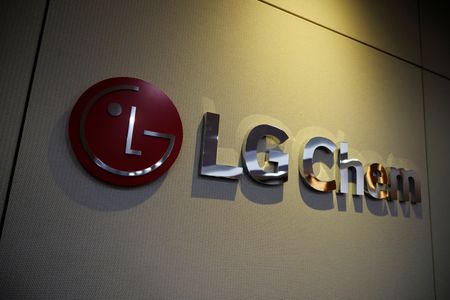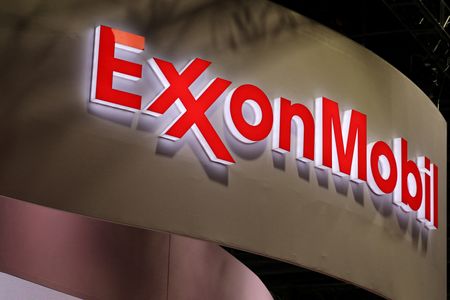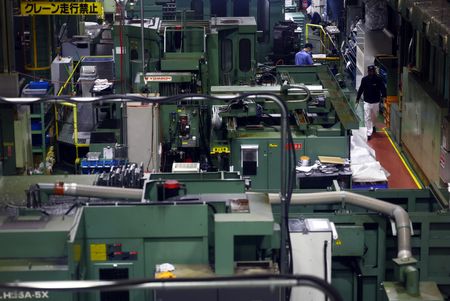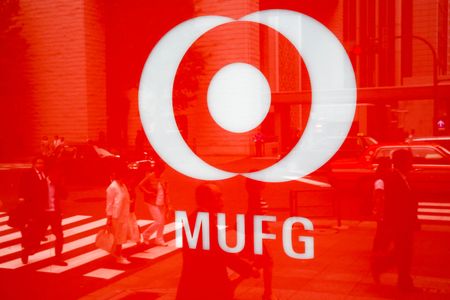By Dawn Kopecki, Charlie Conchie and Kane Wu
LONDON/NEW YORK/HONG KONG (Reuters) -For dealmakers across the world, the third quarter was one of the best and one of the worst in recent history.
Megadeals tallied a stunning $1.26 trillion in global mergers and acquisitions during the third quarter – up 40% year over year – making it the second-best third quarter on record by deal value for the three months ended Sept. 30, according to Dealogic data. But a paltry 8,912 deals were signed, down 16% from last year, the worst third-quarter for deal volume in 20 years, data show.
It’s a peculiar time for dealmakers, who came into 2025 with lofty predictions of a banner year following U.S. President Donald Trump’s election. But Trump’s punishing tariffs unleashed on Liberation Day and a continued antitrust crackdown on Big Tech sent markets gyrating in the second quarter, prompting many corporations to delay M&A and IPO plans while the trade negotiations played out.
Pent-up company demand coupled with fresh stock market highs have unleashed a flurry of big deals and IPOs in recent months that have salvaged an otherwise moribund year for the industry. Fewer deals are getting signed, but the average size has surged to $141.4 million during the third quarter, up from $85.5 million during the same time last year, data show.
“As the year has progressed, there’s growing comfort that the tariff landscape is going to land in a place that people are able to navigate,” Naveen Nataraj, co-head of investment banking, U.S, at Evercore, told Reuters in an interview.
Several big, splashy initial public offerings that were pulled in April, including ticket reseller StubHub’s $800 million IPO and buy-now-pay-later fintech company Klarna’s $1.37 billion trading debut, helped revive the IPO market earlier this month. Still roughly 987 companies across the world raised some $115 billion in their IPOs so far this year, down 24% and 9% respectively over the same period last year.
In Europe some IPOs are getting done again.
“The relatively subdued IPO issuance we have seen since September last year is mainly because we hadn’t seen high-quality, large-cap companies come to market, but now we are starting to see that,” said Martin Thorneycroft, global co-head of equity capital markets at Morgan Stanley. CHINA DELISTING THREATS IN US
IPOs and second listings in Asia were particularly hot, especially on the Hong Stock Exchange where the largest IPO in the world came with the debut on Tuesday of Chinese firm Zijin Gold International raising $3.2 billion. Companies have raised a total of $23 billion in Hong Kong so far this year, more than three times the value for the same period in 2024, Dealogic data show, as Republicans threaten to delist Chinese stocks in the U.S.
“A fundamental shift in how investors perceive China risk, together with global long-only funds diversifying away from the U.S., is driving more capital into Hong Kong listings,” said James Wang, head of equity capital markets for Asia excluding Japan at Goldman Sachs.
JPMorgan’s David Bauer, co-head of equity capital markets for the Americas, said the bank has at least a half dozen or more IPOs launching before Thanksgiving. And it’s not just founder-led IPOs – PE firms are also starting to launch more of them.
“Deals are working, investors are making money and the backlog is starting to build,” Bauer said.CRYPTO AND AI BOOM
Crypto companies and just about anything tied to them helped fuel the boom in IPOs in September as the industry cashed in on Trump’s easing of regulations in the U.S. Stable coin issuer Figure raised $787.5 million in its September 10 debut in an IPO that was oversubscribed and upsized.
Just about anything tied to AI was hot in M&A and IPOs, whether it was software companies, infrastructure or chips. Splashy private deals like Nvidia’s $100 billion investment in OpenAI didn’t make Dealogic’s league tables, but plenty of others did, like Israeli software company CyberArk Software’s $24.5 billion acquisition in July of Palo Alto Networks, which uses AI to provide network and cloud security.
“Almost every client, and it doesn’t matter what industry the client is, they are thinking about AI in their M&A strategy,” said Camila Panama, a partner specializing in M&A at Mayer Brown. GOING FOR SCALE IN M&A
Cross-border dealmaking is also making a comeback, rising by 44% to $931 billion, the biggest jump in such M&A since 2021 to and a peak not seen since that year.
Companies are going for scale, dealmakers say. Smaller deals under $500 million or so just aren’t moving the needle with shareholders these days, they added.
There were a record number of deals over $10 billion so far this year – 49 – up 75% from the first nine months of last year, data show. Monday’s $55 billion leveraged buyout of videogame maker Electronic Arts is the most recent mega deal of the quarter, but that wasn’t even the biggest one. That honor goes to Union Pacific’s $88.18 billion acquisition of Norfolk Southern announced in July, according to Dealogic.
(Reporting by Dawn Kopecki in New York, Charlie Conchie in London, Kane Wu in Hong Kong. Editing by Anousha Sakoui)











